The mainframe industry must constantly train and educate new professionals. To make this possible, trainers, mentors, team leaders, and department managers need access to mainframe resources. But when mainframe access is in short supply, what can you do?
More, more, more, mainframe!
Countless market surveys and press articles point at a continued—and growing—reliance on the mainframe environment to support big business. Organizations today may have a plethora of choices in terms of IT platforms, yet the IBM mainframe remains the go-to platform for business-critical workloads. And the trajectory is upwards, as more customers and greater functionality increase demands for busy mainframe environments.
Which means, upstream, there is also continued demand for additional skilled mainframers to get that work done. No surprise then that the demands of the mainframe from a training and skills development perspective is also on the rise. Simple laws of supply and demand are at play here—not to mention the murky reality of the much-documented skills crisis.
You get what you’re given
Continued business growth drives additional resource needs; this is a fact of business life. Yet such benign realities are not without their difficulties. The mainframe is a complex environment to administer, and it carries a significant cost.
Generally speaking, the mainframe’s expenses are seen as acceptable because mainframes act as the execution engine for a lot of revenue-generating activities. Yet cost justification struggles in less tangible areas such as research or training. With a heavy emphasis on production workload, allocating mainframe time to skill-building and research is—for some organizations—severely limited and extremely hard to commission.
Understandably so, of course, but this makes meeting training demands all the more difficult.
As if by magic, a mainframe appeared

If only there were a way for a mainframe environment to magically appear whenever it was needed. We enjoyed this article by Planet Mainframe, which introduces the concept of the virtual mainframe, outlining its potential benefits as a training and research platform that can support a variety of scenarios.
The article expresses the value of virtualized mainframe training environments in two important areas –
“Skills: With veteran developers retiring, training new talent is needed. In particular, experienced employees. Anyone with access to virtual mainframes can build new skills or expand existing skills – all in the same space.
Modernization: Virtual mainframes allow students and developers to adopt DevOps and CI/CD pipelines while working within a mainframe context”.
And the need is real; – both the skills question and the drive towards DevOps remain high on the agenda for mainframe teams, yet the environment sometimes struggles to support the ambition.
The same article explains the challenge of mainframe access: “In addition to the expense, traditional mainframes [are] often shared, limiting access… As technology continually evolves, so should training, specifically for mainframe developers.”
Access to an easy-to-use ‘sandpit’ enables junior or trainee developers to receive coaching from experienced mentors, learn at their own pace with tutorials, and get to grips with modern mainframe DevOps toolchain technology.
The same environment is available to training departments or third parties looking to provide a comprehensive yet accessible mainframe training space and a ‘safe’ location for R&D activities. Onboarding new skills and providing a familiar, comprehensive platform for modernization efforts is an obvious benefit of a virtual mainframe training facility.

A case in point
The Planet Mainframe article further explores the situation at PopUp Mainframe customer, Legal & General (L&G). As part of its mainframe modernization program, the company implemented a ‘virtual mainframe environment’ to satisfy various training, development, and collaboration needs.
Essentially, the PopUp Mainframe solution that L&G used provided the flexibility to enable mainframe resources to be used without impacting the regular mainframe production cycles or schedules.
Fine-tune your own mainframe training program
If you want to learn more about how PopUp Mainframe could help add flexibility and availability to your mainframe training and development activities, get in touch.



